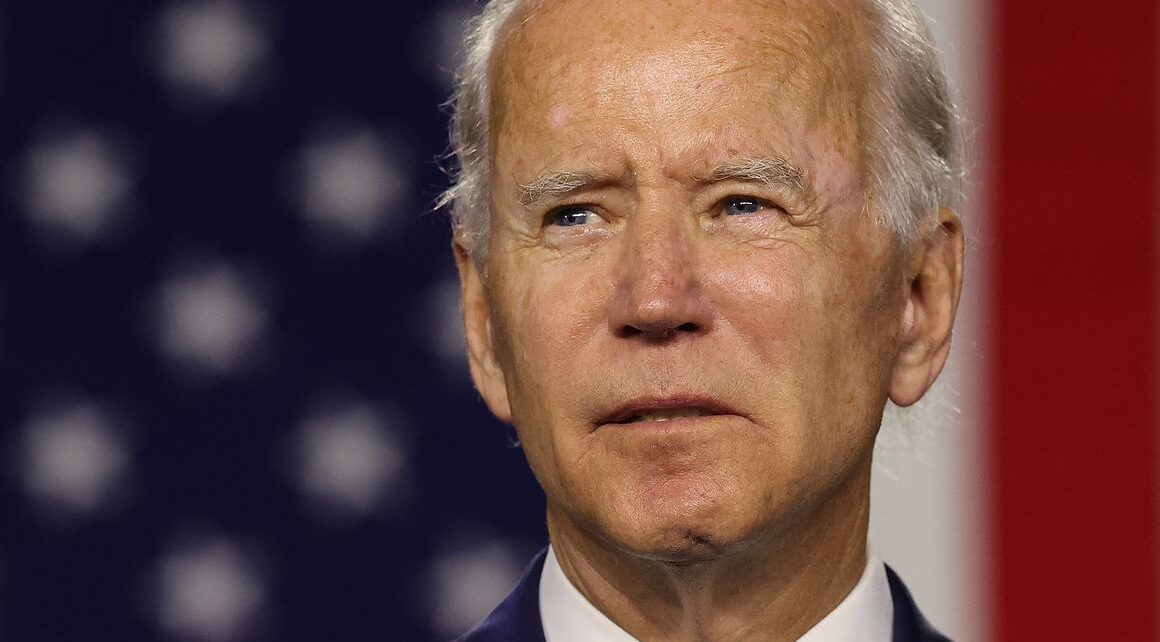U.S President, Joe Biden, is expected to sign an executive order today setting a national goal for electric and other zero-emissions vehicles to make up half of new cars and trucks sold by 2030.
To demonstrate their support for the administration’s initiative, Ford and GM executives, together with leaders from the United Auto Workers will be joining President Biden at the White House for the brief ceremony.
Senior Biden administration officials, who confirmed that the event would hold Thursday, said that in addition to setting the 50 percent-by-2030 goal, the Executive Order will also kick off the process to replace former President Donald Trump’s tailpipe and emissions standards with stricter ones
With Transportation accounting for the largest share of U.S. greenhouse gas emissions, the 50 percent goal, while non-binding and largely symbolic, aims to set federal expectations for automakers to rapidly make the transition from gas-burning cars and trucks to electric ones, being one of the key components of Biden’s climate change strategy.
Trending online media reports indicated that auto companies executives joining Biden during the signing of the Executive Order will make their own announcements about plans to sell 40 percent to 50 percent zero-emissions vehicles by 2030.
Already, some automakers have made similar pledges with GM saying that it will sell only electric vehicles by 2035.
A senior Biden administration official, who briefed reporters on condition of anonymity, before the announcement was quoted as saying that: “What we’re hearing across the board is a consensus about the direction where this industry is going and a coming together around the recognition that this is the moment of truth — not just for climate action, for economic action, as well.”
The big three U.S. automakers, namely GM, Ford and Stellantis, formerly Fiat Chrysler – said the agreement reflected their commitment to be leaders in the U.S. transition to electric vehicles but jointly stated that “that they would need reliable federal help to achieve the goal.
“This represents a dramatic shift from the U.S. market today that can be achieved only with the timely deployment of the full suite of electrification policies committed to by the administration in the Build Back Better Plan,” the major automakers added.
Specifically, they listed purchase incentives, charging stations and federal investments in research, development and supply chains as key areas such federal support would be most needed.
The rapid shift toward electric vehicles has continued to elicit concerns for U.S. autoworkers about more outsourcing of jobs overseas, as the U.S. remains far behind Europe and Asia in building and buying electric cars.
Commenting on the development, United Auto Workers President, Ray Curry, said: “We are falling behind China and Europe as manufacturers pour billions into growing their markets and expanding their manufacturing.
“The UAW focus is not on hard deadlines or percentages, but on preserving the wages and benefits that have been the heart and soul of the American middle class”, Curry added.
Among the key automotive innovations that the goal that half of new vehicles sold be “zero-emissions” by 2030 are battery electric vehicles, which have no internal combustion engines, and plug-in hybrid cars, which have gasoline engines but use them only if the battery runs out. In addition are fuel cell electric vehicles, which burn hydrogen and emit no carbon dioxide.
It would be recalled that Biden early this year called for $174 billion in federal spending to build a network for a half-million electric vehicle charging stations across the country, in a nod to one of the biggest impediments to EV adoption: fear of running out of battery.
However, the infrastructure deal he reached with Congress included just $7.5 billion for that priority. It is unclear whether more might be added in the larger spending and climate bill that Congress plans to pass.




